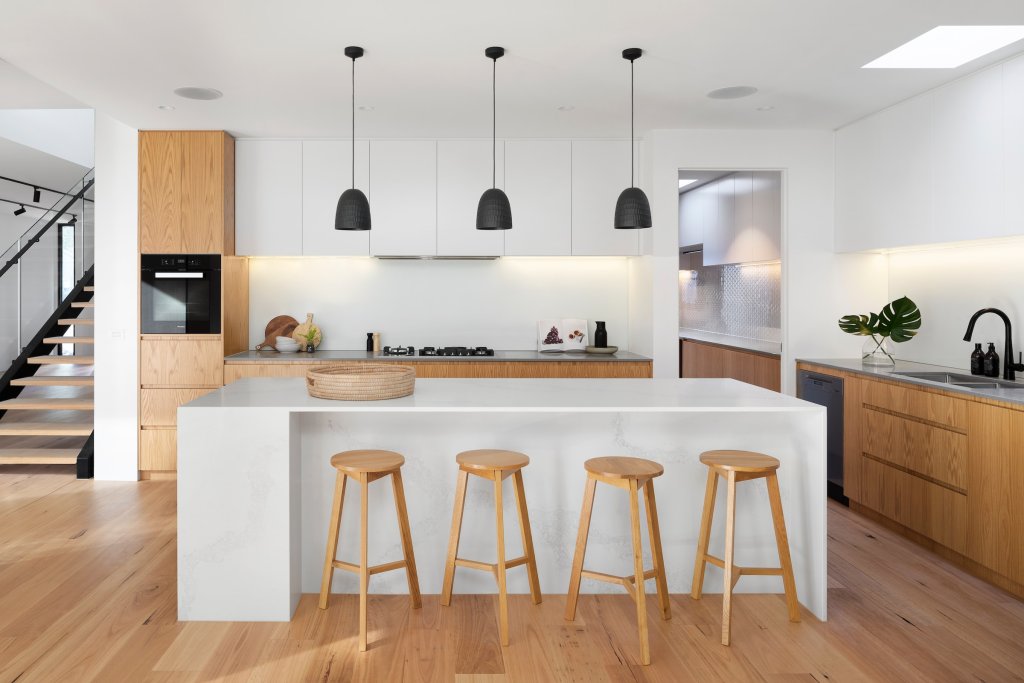
Make sure that you're well-informed about the potential challenges when crafting your ideal kitchen design, and you can steer clear of these typical mistakes.
Whether your kitchen is showing signs of wear and tear, requiring a touch of care, or if you're embarking on a complete overhaul, neglecting small yet crucial details may lead to frustration with your newly renovated kitchen.
To uncover common kitchen-related regrets, we've looked at a load of sites, read people's comments, and compiled key insights to help you avoid repeating the same errors and design choices.
Continue reading as we delve into design fails to avoid. Additionally, we'll provide expert guidance on crafting an ideal kitchen.
1. Insufficient Worktop Space
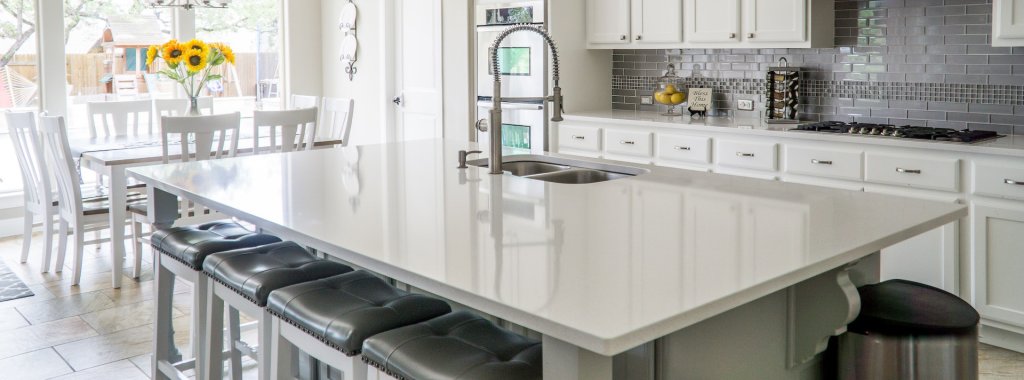
Many kitchen owners expressed remorse over the lack of additional worktop space.
With this in mind, take into account your food preparation area in the kitchen, especially near the stove, and ensure that you'll have ample space for comfortable cooking. Also, factor in the number of appliances you intend to keep on the worktop and assess the remaining space accordingly.
When dealing with limited kitchen space, items used infrequently can be stored in a cupboard, allowing for additional work surface. In smaller kitchens, some homeowners we interviewed opted for flat hobs, providing the option to place a chopping board on them for added versatility.
2. Inadequate Storage Space

Insufficient cupboards and drawers for organising pots, pans, and groceries were a concern for many kitchen owners.
When redesigning your kitchen, it presents an ideal opportunity to optimise the functionality of your cupboards, drawers, and shelves. Consider whether you require additional storage compared to your current setup and carefully plan where you intend to store items. If you possess a collection of kitchen gadgets, investing in deep cupboards can be a smart choice.
Custom kitchens offer a wide range of choices, such as integrated spice racks and corner cabinets with pull-out shelves.
3. Cabinet Placement
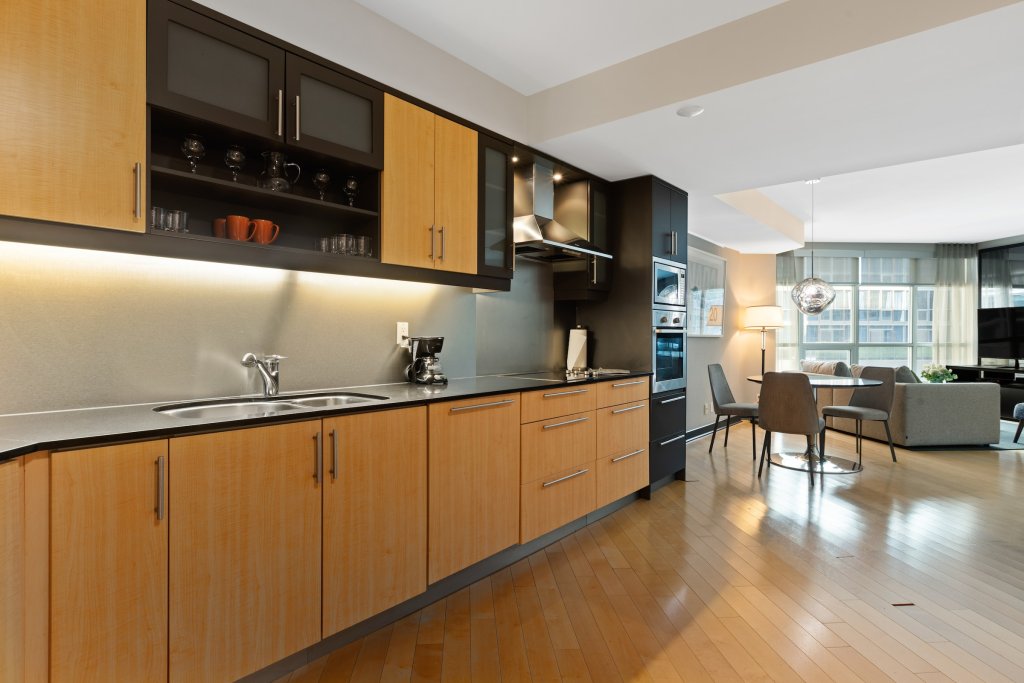
The arrangement of cabinets in your kitchen, encompassing their alignment with appliances, doors, windows, and other furnishings, plays a pivotal role in determining both the aesthetics and practicality of the space.
Inside your cabinets, a diverse selection of storage solutions awaits your consideration, such as racks, hooks, plate stackers, pull-out shelves, pull-down baskets, and traditional shelves.
Ensuring the correct placement of these elements is essential for creating a practical and functional kitchen. Many people admitted to not achieving this successfully.
4. Too few power sockets

If you're keen on incorporating the latest kitchen gadgets, ensuring an ample supply of power sockets is essential. Surprisingly, many new kitchen buyers expressed dissatisfaction with the number of power sockets in their kitchens.
Be certain to install an adequate number of outlets to support your major appliances, such as the cooker, refrigerator, freezer, washing machine, and dishwasher.
Additionally, frequently used items like the kettle, toaster, and microwave should be readily accessible, with conveniently located power sockets.
Consider the placement and accessibility of other small appliances you might have, such as a coffee machine, bread maker, food processor, stand mixer, blender, grill, slow cooker, steamer, or any other relevant devices.
Always enlist the services of a certified electrician for any electrical installations or modifications, and exercise caution to prevent overloading your sockets.
5. Too Few Cupboards or Drawers
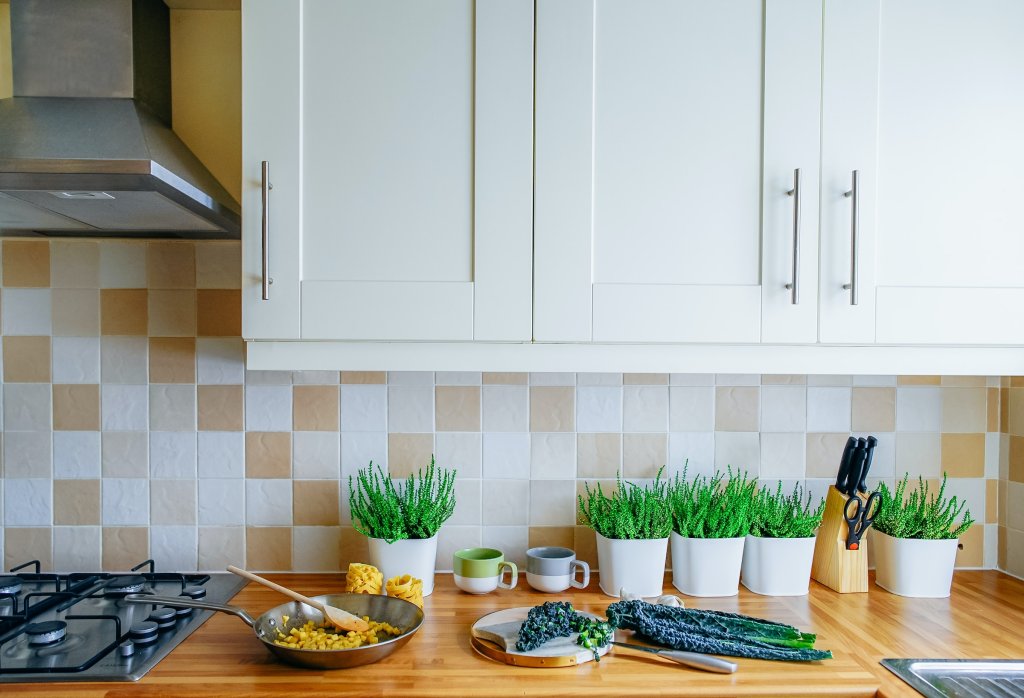
In addition to the individuals who lamented the shortage of storage, another large group of recent buyers expressed a desire for additional kitchen cupboards.
In cases of limited space, contemplate the utilisation of floor-to-ceiling cupboards, keeping in mind that accessing items on the uppermost shelves may necessitate the use of a step stool.
Drawers offer an efficient means of storing items and often provide easier access compared to cupboards. It's essential to evaluate your belongings and determine the most convenient approach for accessing them.
6. Poor Quality Materials
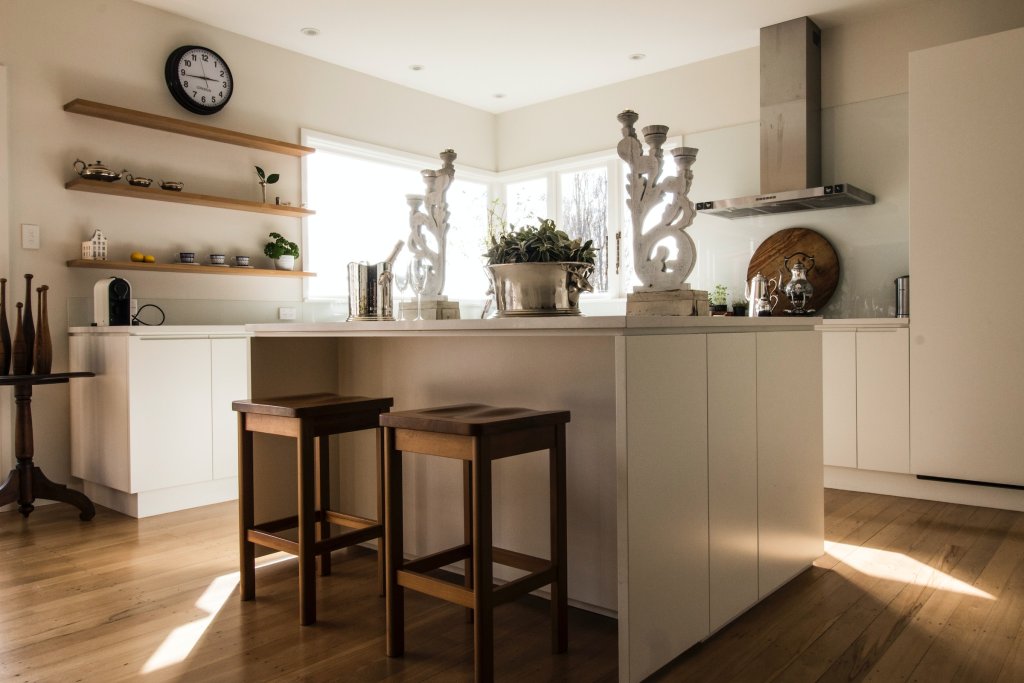
Kitchen owners have experienced issues like warped worktops or units that haven't endured daily wear and tear as expected.
Many expressed regret over not selecting higher-quality materials for their kitchens. A few even mentioned issues like paint flaking off their cabinet doors.
When it comes to selecting a worktop material, you have a plethora of options. Laminate worktops are often the most budget-friendly and offer a wide range of finishes. If budget constraints are not an issue, you might explore more expensive alternatives like granite or genuine wood.
To balance your expenses wisely, contemplate allocating a higher budget to the areas that are most visible while opting for more cost-effective options in areas where aesthetics are less critical.
7. Bad Overall Layout
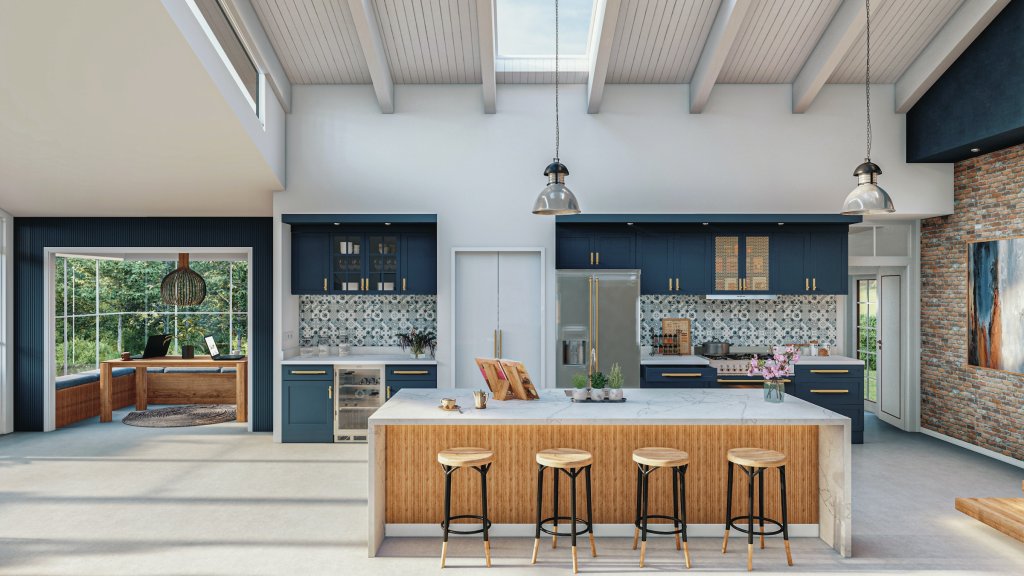
Many kitchen buyers were frustrated with their kitchen layout.
Good planning is key to ensure the best results, and nowadays most companies rely on 3D software to help you plan.
Some experts recommend keeping the space between your fridge, sink and cooker at 7 metres or less, so cooking is as convenient as possible. This is sometimes referred to as the 'kitchen triangle'. With this system in place, you should be able to reach all areas and not have to stretch to get what you need.
Think about how you use your kitchen space to help you make the most of it. You could also consider a kitchen island to make one of the triangle edges.